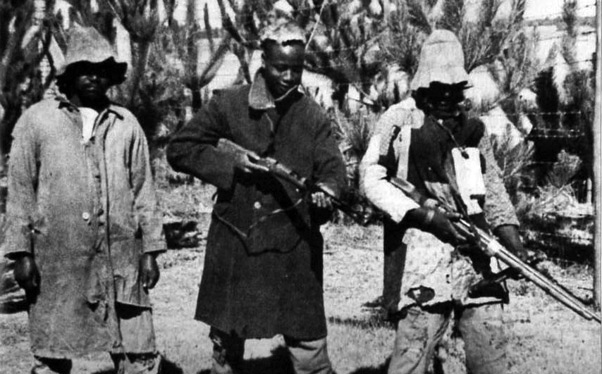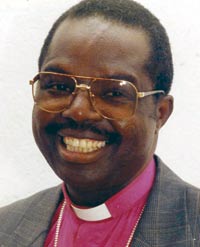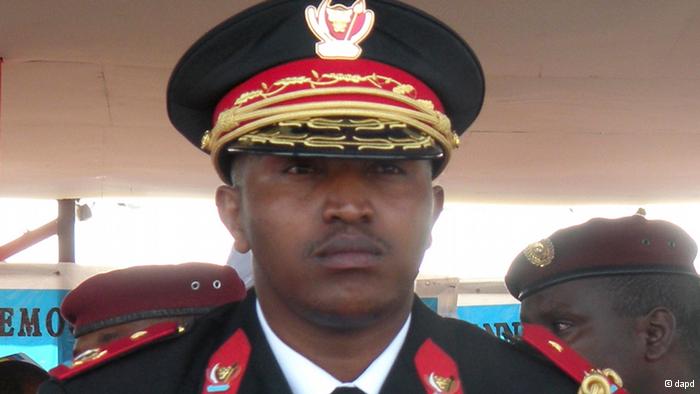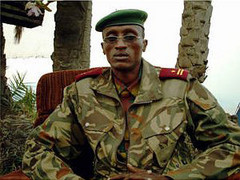
The Newly Independent
Nation of Morvalonga
By now we are familiar with the British colony Morvalistan. If not have a look at the adventures of Binky and in the Inch High Club for our WW2 games set there or thereabouts. It is logical that the colony sought its freedom. The campaign for freedom may be covered but the building of the new nation gave us another, more modern, setting for some games. The nature of African warfare in modern times has many horrific aspects and images. Our wargames do not condone or mirror these. The setting is used to allow us a new set of games with interesting and often tongue in cheek equipment, troop types and personalities.
The History
Morvalonga is the post-independence name of the former British colony of
Morvalistan.
During the Second
World War when Morvalistan was invaded by the Italians most of the initial
resistance came from the small regular garrison and the traditional volunteer
forces of colonists and natives.
Many of these latter units had been seen as little more than drinking clubs and
a bit of a joke where young and old could “play soldiers”.
However, the volunteers halted the Italian advance and, with only a
little help, pushed them back.
When
the Empire sent reinforcements the volunteer units led the way in the defeat of
the Italians.
The volunteer units were expanded during the war time emergency and it was a
good thing that they were.
As the
operations moved northwards to defeat the Italians the Fascist Kingdom Qaza’ar
invaded seizing territory in the south.
Again the volunteers held them off suffering heavily against the German
supported Fascists until Imperial forces arrived to drive them back.
Essentially a peaceful country, the Colony of Morvalistan, became a beacon of
light and progress in Africa.
Unfortunately, the politics of Africa intervened and Morvalistan took in
refugees from the many struggles for independence that surrounded her borders.
Some of these refugees were welcome and others unwelcome.
The more remote areas of Movalistan were used by rebels from bordering
states to set up training camps for their own operations and after they either
won or lost they turned their attention to stirring up trouble in Morvalistan
with raids and criminal activity.
Some dissidents among the Morvalis went to them receiving training and setting
up their own opposition and freedom parties and armies.
The two were very much the same.

Between 1950 and 1963 these organisations were the principal armed opposition to
British Colonial Rule though there were other warlords and bandits who held sway
for short periods in some districts.
And in a few outlying areas, they still do.
The campaigns against the guerrillas, mainly from MOLAR, involved the
British in several expensive small campaigns the longest was a 4 year rebellion
of a sect of the waTembi tribe that started in 1952. The sect never gained
general support.
They were
suppressed by the British, Morvali auxiliaries and volunteers.
The rebellion was characterised by extreme brutality against the white
colonists, Asians and their workers. As such it created a rift between the Home
Office and the colony, particularly the Africans.
Some say that it started the road to independence.
After much debate the
Morvalonga Independence Act was passed in 1961 in the Westminster Parliament.
Although the announcement was received with much celebrations there
followed some bitter political manoeuvring and some brutal military action
before the election of 1962.
The excesses of MOLAR and
OLOM alienated the population and delivered a massive majority for MANC under
the leadership of President Bishop Moses Besqit.
 |
 |
 |
 |
|
| Bishop Moses Besqit | General Wotabiq Birbelli | General Q'stard Qareem | King Boosifelli IV and five wives |
While OLOM, led by Lon Leggi, continued the struggle politically, MOLAR under
Wotabiq Birbelli went into armed rebellion.
In this he was supported not by OLOM but by Qaza’ar and in particular the
King Boosifelli IV through General Q’stard Qareem.
When Zleeqit Kurh’s MANC Party won 210 of the 222 seats in the General Election
of 1961 he gained unrivalled power to put his policies in place for a Socialist
Democracy.
The promised programme
of reform slowly materialised and with it came corruption and foreign
exploitation.
That said; the
progress was better than in any other neighbouring state.
In successive elections MANC held its overwhelming majority though not
quite at the level of 1961.
By 1975
they held 201 seats and generally thereafter they held around 180.
The programme of reform started well in the early 60s had quickly degenerated
into chaos and corruption under the previous president, Zleeqit Kurh.
Kurh profited personally from every contract and acquired a considerable
portion of the national income for his own and his family’s own use.
Once installed as president he took on the roles of Prime Minister and
Minister of the Interior.
He
installed his brothers, cousins and other tribesmen as his cabinet.
The politics of Morvalonga were stable with few dissenters because even
though the regime was corrupt it was delivering a better life style for the
people than ever before.
Then came
the almost simultaneous collapse of the American run banana plantations and the
Russian sponsored hydro-electric dam project.
The latter failed spectacularly in 1973 flooding a considerable area,
inflicting an unknown number of deaths and causing huge environmental damage.
These disasters precipitated the landslide election victory in 1973 for
Bishop Moses Besquit’s newly renamed Lord's Democratic Christian (LDC) Party.
The new President, Bishop Moses Besquit, set about regeneration of the economy
and the creation of a Christian Religious Democracy.
The results were spectacular.
Foreign investment in oil, agriculture and minerals flooded in.
And nobody noticed the installation of his clan or church members into
virtually all the important positions.
Things were so good (apparently) that in 1978 Bishop Moses was elected
President For Life with a majority of 87% of the electorate supporting him.
During the 70s and 80s and despite the stability and the economic benefits that
came with it, the opposition to the Government increased inside the nation and
also from outside. Much of the opposition came from Zleeqit Kurh and his
warbands of disaffected youth, MOLAR and external pressures from guerrillas
based in Quaza’ar and Zaria.
The
Morvalongese Army and Air Force were constantly involved in operations against
guerrillas and insurgents.
During
1979 the King of Qaza’ar was in danger of overthrow by his army until he
engineered border incidents with Morvalonga.
He then claimed a large tract of the mineral rich border provinces.
Then in 1982 the Bishop sanctioned the unprecedented step of carrying out
deep raids over the border into neighbouring Qaza’ar in particular to strike at
guerrilla training camps.
This
undeclared war continues to this day.
Since then the Bishop has been given or taken on more and more responsibilities
and in 1987 was given the title of Saviour of the Nation after personally
leading the defeat of a major Qaza’ar incursion.
The terrible depredations and depravities of the Qaza’ar forces and their
terrorist allies could not be hidden and the UN sent a watch keeping and
monitoring (WAMF) based on a small Ruritanian Battlegroup with other
international observers.
However,
some say that the strain has affected him greatly and he bestowed the title of
Hero of the People on himself and simultaneously published
his books that became instant best sellers and required reading in all schools
“The True History of Morvalonga”, “The Struggle for Independence” and “The Birth
of a Nation before God”.
All books
and teaching materials are provided by the Bishop Moses Publishing House. The
Minister of Education Khat Besquit has personally selected the teachers to work
alongside the UN staff so that they can take over when their involvement is
finished.
The scurrilous rumours that the Bishop has had his name inserted into the Lord's
Prayer are, of course, false. The Lord Himself appeared in a vision to Sister
Honestia and gave her the new text of the Lord's Prayer. The Bishop had
absolutely nothing to with it. Sister Honestia was immediately taken up into
Heaven as a reward. She may be canonised as the first Morvalongan saint.
The land of Morvalonga was for a long time one of the most politically stable in Africa. The major foreign commercial interests are in the mineral (diamond and gold) mines and some recently discovered coal and oil fields. The prosperity that these discoveries brought also made it a target for insurrection, corporate greed and political intrigue. That said the benign leadership of President for Life, Saviour of the Nation and Father of the People is set to maintain a just and equitable economic growth.
The British never really lost interest in Morvalonga and continued to support the armed forces and industry.
On to the Geography of Morvalonga
On to the People of Morvalonga
On to the Resources of Morvalonga
On to the Buildings of Morvalonga
On to the Armed Forces of the War in Morvalonga